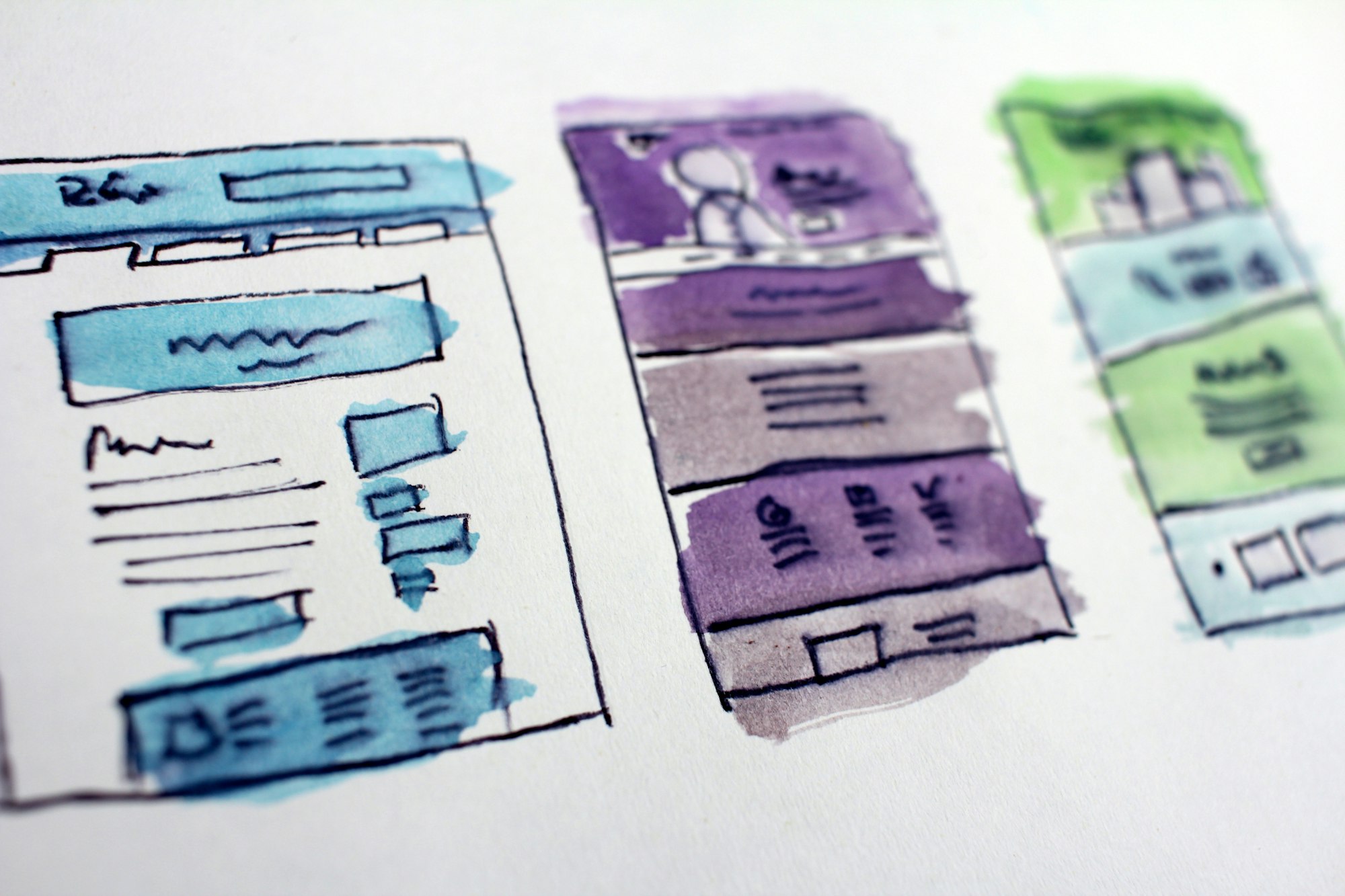Design Process: Expectations vs Reality

If you're a designer, you likely heard about Design Thinking, Design Sprints, Double Diamonds, maybe even Design Odysseys and other processes that people use to get things done.
In my practice over the years, I noticed three very distinct phases in my design process, and I found it extremely important that both the team process and the toolkit that I use support all three.
Phase 1: Collecting the dots
Also known as Research or Discovery. It's very random, chaotic and full of references. Sticky notes, pictures, screenshots, random hand-drawn sketches, everything goes. Think "Pepe Silvia" episode of "It's Always Sunny in Philadelphia", but with user experience.

Phase 2: Connecting the dots
This part usually happens after taking a break from the project at hand to do other things, digest all the information from Phase 1, and let my subconscious do the work. Phase 2 is all about chaotically and randomly trying to design and test shitty first drafts of potential solutions. Layer names? Organizing your Figma files? Don't know them. The file looks like someone thrown in a hand grenade into a bucket of buttons, and it's completely fine at this stage.
The only time minor cleanups happen is when I have to present the progress or test solutions with other people, who might be shocked by my apparent lack of organization skills. The presented pieces then usually get a new file or page within the file that's treated with methods from Phase 3 earlier.
Phase 3: The Cleanup
This is when the best solution (with known information) has been decided, and we're ready to build. It usually takes a day or two of just doing things properly: naming, creating components, auto-layouting, just so the thing is presentable and not confusing to the people that will build it, avoiding the unneeded back-and-forth as much as possible.
Luckily, in my current role I had a lot of say about structuring the process as well as how Design works with Product and Engineering, so I managed to preserve all three (and my sanity) and so far I can't complain about the results.
Do those three phases reflect reality for you? Can you relate? Can you not? I'm always interested to hear from other people about their process to learn what can be done better. If you're interested in picking up this discussion, feel free to reach out on Mastodon and let's discuss!
